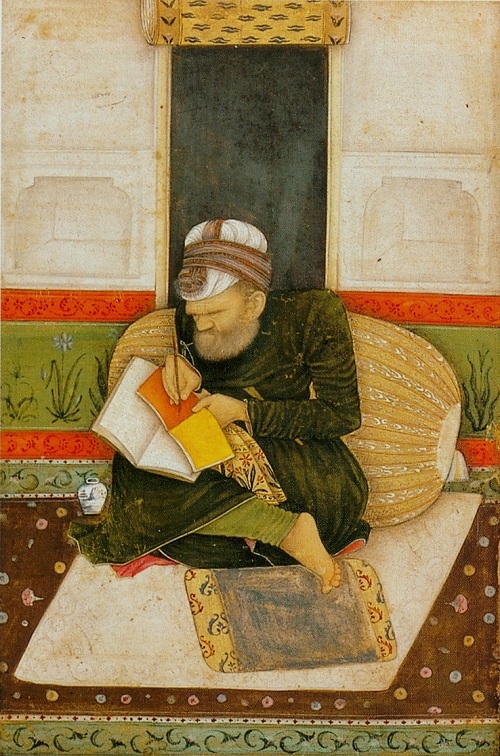Introduction
by Dr Ayesha Mukherjee
- Overview
- Contexts
- Content and approach
- Sources and searchability
- Languages and translation
- Genres
- Apparatus
- Blog
- Selected bibliography
5. Languages and translation
We have paid attention, as far as possible, to linguistic diversity in the choice of sources. Critical focus on easily accessible English language material can limit analyses. Multi-lingual and culturally diverse sources create discursive complexities that need to be addressed. Our selected material contains sources in 10 languages, providing English translations for most of the non-English material. No doubt, there are relevant texts in many more languages than we have included here; it has not been possible to include them all, but we have tried to cover a range of key texts.
Multilingualism created further challenges for our Digital Humanities approach, particularly while selecting keywords for the search facility. We initially selected keywords in the original language in non-English sources, and then translated these into English, to enable comparison across all texts while also retaining the original keyword. Existing translations have been used where reliable ones were available. We have provided our own translations in most other cases. For some of the lesser-known Persian texts and extracts, there are transliterations of the original sources, as well as translations, for which the following transliteration scheme has been used.
| A | ا |
| ā | آ |
| B | ب |
| P | پ |
| T | ت |
| S | ث |
| J | ج |
| Ch | چ |
| ḥ | ح |
| Kh | خ |
| D | د |
| Z | ذ |
| R | ر |
| Z | ز |
| Zh | ژ |
| S | س |
| Sh | ش |
| Ṣ | ص |
| z̤ | ض |
| ṭ | ط |
| Ẓ | ظ |
| ‘ | ع |
| gh | غ |
| f | ف |
| q | ق |
| k | ک |
| g | گ |
| l | ل |
| m | م |
| n | ن |
| w | و |
| h | ه |
| i | ی |

A Scribe (ca.1625). Attributed to Bichitr. The Knellington Collection, Harvard University Art Museums, Cambridge, Massachusetts. (Public domain, via Wikimedia Commons)
This intense portrait of a Mughal scribe at work by the court painter Bichitr emphasises the old man’s conscientious labour and concentration. The subject sits in a posture he has probably held for long hours every day, and his rather worn out silk coat, as wrinkled as his skin, suggests the artist’s sympathy and respect for the attention to detail, labour, and art of scribal copying, on which the Mughal court relied.